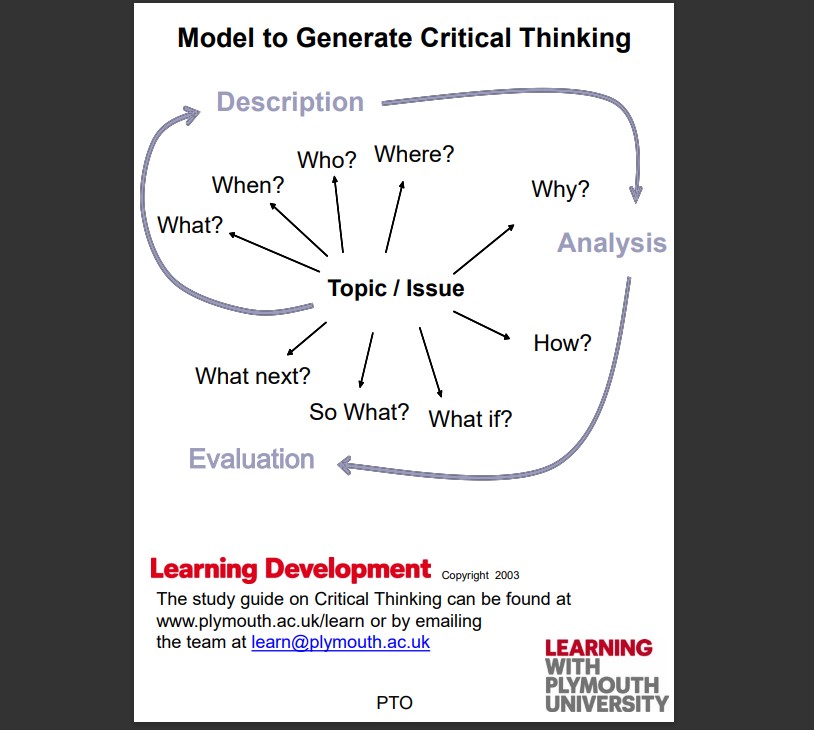Enabling students to recognise description, analysis and evaluation in their written work using the ‘Wrasse (Writing for Assignments E-library)’ framework.
The aim of this activity is to enable students to identify what a writer intends to ‘do’ in his/her writing and the kinds of meanings and understandings s/he intends the reader to gain. It is important that students can see the relevance of the writing used in this activity. Good samples of previous student work are ideal (remember to get the authors permission). An alternative might be samples taken from Wrasse (Writing for Assignments E-library), a journal article or students own work swapped with a neighbour.
The activity
Ask your students to work in pairs to categorise the key aspects into three broad functions of writing for academic purposes (description, analysis and evaluation).
Demonstrate what you want them to do by showing examples of annotated student writing from Wrasse. (If you do not have internet access in the lecture theatre you might like to consider making screen shots of the most relevant materials)
Explain that there will be elements of all three functions throughout any piece of effective writing. The process goes in cycles as demonstrated by the diagram ‘Model to generate critical thinking’ from Plymouth University’s critical thinking study guide.



Reviews
There are no reviews yet.